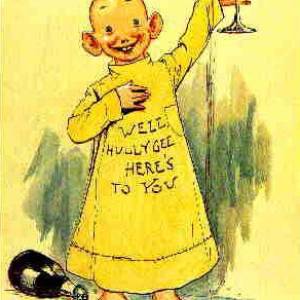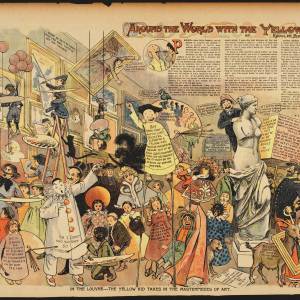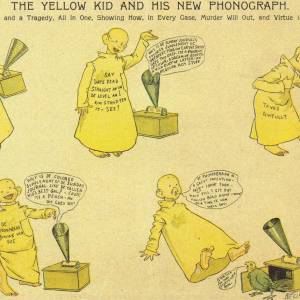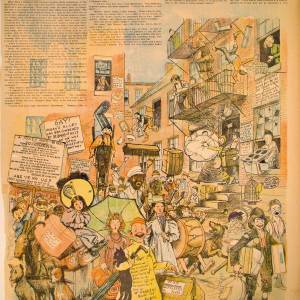- English
- Français
- Nederlands
Outcault, Richard
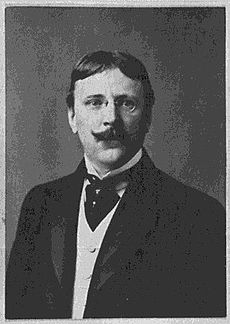 Richard Felton Outcault (January 14, 1863 – September 25, 1928) was an American cartoonist. He was the creator of the series The Yellow Kid and Buster Brown, and he is considered the inventor of the modern comic strip 1).
Richard Felton Outcault (January 14, 1863 – September 25, 1928) was an American cartoonist. He was the creator of the series The Yellow Kid and Buster Brown, and he is considered the inventor of the modern comic strip 1).
After graduation, Outcault was employed by Thomas Edison as a technical illustrator, going to Paris as the official artist for Edison’s traveling exhibit of electric lighting. In 1890, he moved to New York City, where he joined Electrical World (a magazine owned by one of Edison’s friends) and became a regular contributor to Truth magazine, Judge and Life 2).
After he signed on with Joseph Pulitzer's New York World, Pulitzer placed Outcault's comics in a color supplement, using a single-panel color cartoon on the front page called Hogan's Alley, depicting an event in a fictional slum. Hogan's Alley debuted May 5, 1895 3).
In October 1896, Outcault defected to William Randolph Hearst's New York Journal. The result of a lawsuit awarded the title “Hogan's Alley” to the World and “The Yellow Kid” to the Journal 4).
Hogan's Alley (and later under other names as well), it was one of the first Sunday supplement comic strips in an American newspaper, although its graphical layout had already been thoroughly established in political and other, purely-for-entertainment cartoons. Outcault's use of word balloons in the Yellow Kid influenced the basic appearance and use of balloons in subsequent newspaper comic strips and comic books 5).
Although a cartoon, Outcault's work aimed its humor and social commentary at Pulitzer's adult readership. The strip has been described as “… a turn-of-the-century theater of the city, in which class and racial tensions of the new urban, consumerist environment were acted out by a mischievous group of New York City kids from the wrong side of the tracks.” 6)
In 1902, Outcault introduced Buster Brown, a mischievous boy dressed in Little Lord Fauntleroy style, and his dog Tige. The strip and characters were very popular, and Outcault eventually licensed the name for a number of consumer products, notably to the Brown Shoe Company 7).
At the Herald, Outcault worked alongside fellow comic strip pioneer Winsor McCay (who at that point was mostly working on illustrations and editorial cartoons). A rivalry built up between the two cartoonists, which resulted in Outcault leaving the Herald to return to his previous employer, William Randolph Hearst at The New York Journal. In the Journal, Outcault began experimenting with using multiple panels and speech balloons. Although he was not the first to use either technique, his use of them created the standard by which comics were measured 8).

